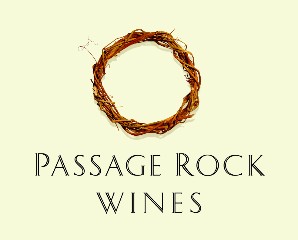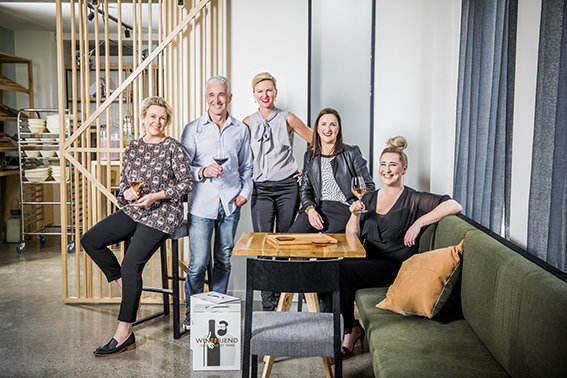 About 70% of Australian adults drink alcohol in an average four week period, down from 72% in 2009 and still slightly below the New Zealand rate of 74% (down from 77%), data from Roy Morgan Research shows.
About 70% of Australian adults drink alcohol in an average four week period, down from 72% in 2009 and still slightly below the New Zealand rate of 74% (down from 77%), data from Roy Morgan Research shows.
But despite only this small gap in consumption, the rate of alcohol purchasing is much lower in Australia than in New Zealand—a difference that may be a result of the two countries’ liquor licensing laws. In the year to June 2014, 49.6% of Australians bought alcohol in a four-week period, compared with 59.4% of Kiwis.
This difference in purchasing rates reflects the two countries’ liquor licensing laws. In each country, one particular channel is most popular among the vast majority (76%) of alcohol—but in Australia that channel is individual retailers, while in New Zealand it’s licensed supermarkets.
45.2% of New Zealanders bought alcohol from a licensed supermarket in the last four weeks, compared with only 9.3% of Australians. Instead, 37.6% of Australians bought from an individual liquor retailer (compared with 29.4% of Kiwis) and nearly 1 in 10 bought from a hotel bottle shop (9.8%), a channel used by just 1 in 100 New Zealanders (1.0%).
Different rates of alcohol purchase by channel in Australia and New Zealand
Although Australia’s two main supermarket chains Coles and Woolworths each own numerous individual retailers, New Zealand’s major grocery supermarkets including Pak’nSave, New World and Countdown are all licensed to stock beer and wine on the shelves.
Angela Smith, Group Account Director, Roy Morgan Research, says: “In New Zealand, it’s a one-stop shop for milk, bread, eggs and beer at the supermarket, while Australians have to make a separate trip to an individual retailer for their booze, even if it’s just next door to the parent supermarket.
“That the gap between our rates of purchase is so much wider than the consumption gap suggests that having beer and wine available at the local supermarket means Kiwis buy their alcohol more regularly, while Australians tend to stock up during the separate, less regular trips to the liquor store like Dan Murphy’s, BWS, Liquorland, Vintage Cellars or First Choice—all owned by one of the two supermarket giants.
“Further investigation of these patterns and comparisons could help licensing bodies, retailers and suppliers better understand the relationships between channel and consumption.”
Source: Roy Morgan Single Source (New Zealand), July 2013 – June 2014; Base: n=10,979 New Zealanders 18+; Roy Morgan Single Source (Australia), July 2013 – June 2014; Base: n=18,133 Australians 18+



